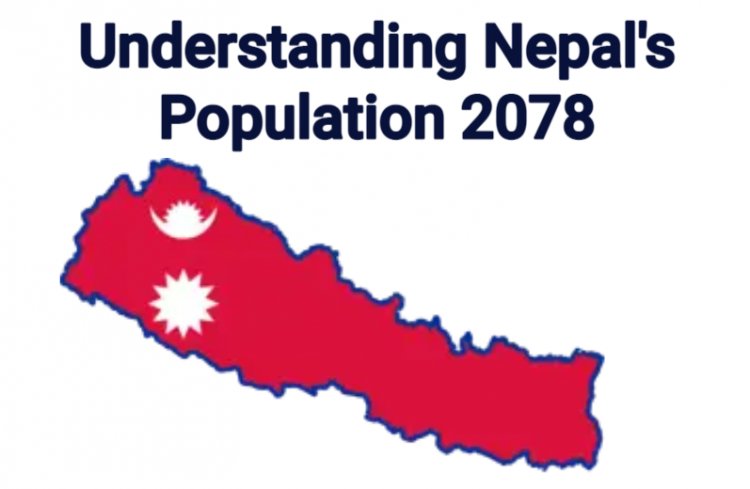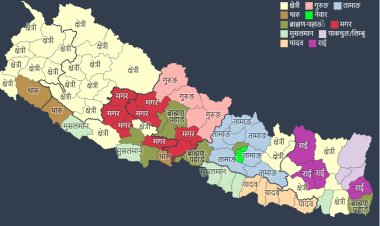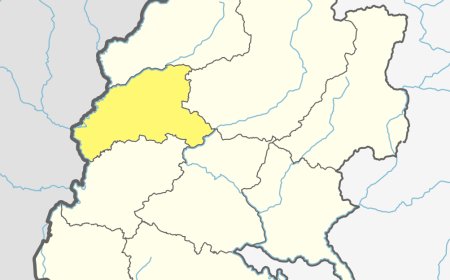Understanding Nepal's Population: Insights from the Latest Data Report
This article provides insights from the latest data report on Nepal's population, including gender ratios, age distribution, household composition, and access to basic services. Learn about the country's demographics and the implications for policy and research.

Nepal is a small yet culturally diverse country in South Asia, with a population of 29.16 million people as of the latest data report. The report provides several insights into the demographics of Nepal, including population size, gender ratio, population density, age distribution, household composition, and access to basic services.
Gender Ratio and Other Gender Population
According to the report, the male population in Nepal is 14,253,551 (48.98%), while the female population is 14,911,027 (51.02%). There is also a small proportion of people who identify as other genders, which accounts for 0.01% of the total population. Bagmati Pradesh has the highest proportion of other gender population (32.7%), while Karnali Pradesh has the lowest proportion (2.8%).
Population Density
Nepal has a population density of 198 people per square kilometer, with significant variations across different districts. The highest population density is in Kathmandu District, with 5,169 people per square kilometer, while the lowest population density is in Manang District, with only 3 people per square kilometer.
Age Distribution
The report indicates that the age group of 15 to 59 years old has the highest population in Nepal, accounting for 61.96% of the total population. The age group of less than 14 years old makes up 27.83% of the population, while the age group of more than 60 years old is 10.21% of the population.
Household Composition
There are a total of 6,666,937 households in Nepal, and 86% of these households have their own homes. 12.8% of households are living in rental properties.
Access to Basic Services
According to the report, 92.2% of people in Nepal have access to electricity, with 6.6% of people using solar energy as a source of electricity. In terms of gender equity, 23.8% of women in Nepal have ownership of home/land or both.
Literacy Rate
Excluding the age group of less than 5 years old, the literacy rate of Nepal is 76.3%.
In conclusion, the latest data report on Nepal's population provides valuable insights into the country's demographics. It shows that Nepal is a country with diverse age groups, gender ratios, household compositions, and access to basic services. These insights can be useful for policymakers and researchers in designing and implementing policies and programs that meet the diverse needs of the Nepali population.
What's Your Reaction?








































































































